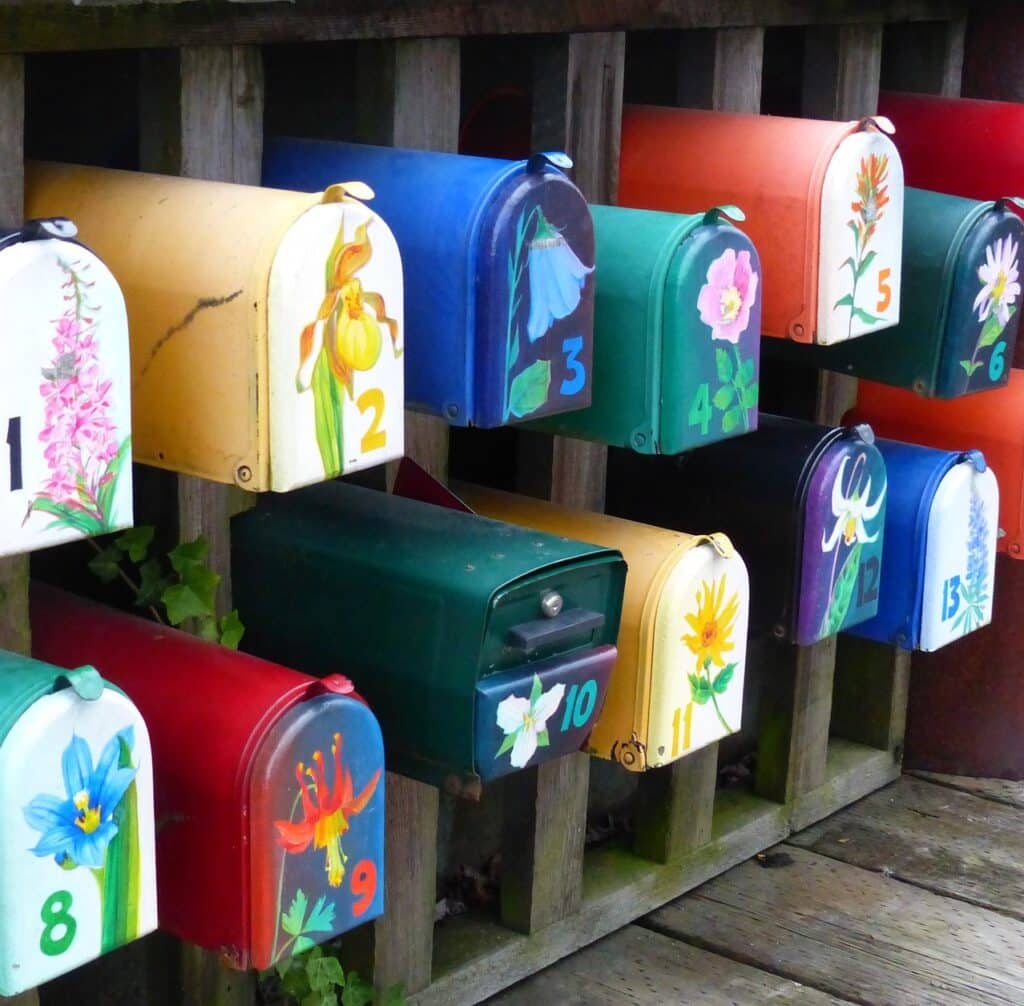Email automation has become fairly ubiquitous across today’s digital marketing landscape. It’s used for reaching new prospects, qualifying them for your sales pipeline, and maintaining brand engagement. The more leads you want to reach, the more sense it makes to use automation to get your name out there. But your efforts won’t get you very far if you don’t segment the contacts you’re emailing: otherwise, you risk sending them material that isn’t appropriate, relevant, or personalized.
How many segments do you need? At minimum, a successful lead nurturing strategy should include these three:
Unengaged leads. These are contacts who haven’t opened a single email from you.
Emails they should receive:
-
- Onboard. These are meant to be navigational and ask contacts who the best people are to speak with about new business.
- Sleeper. These go out two or more weeks later to contacts who didn’t open the Onboard, either reusing the Onboard’s original messaging or a variation of it.
Engaged leads. These are contacts who have opened an Onboard email, and may or may not have responded.
Emails they should receive:
-
- Follow-up. These provide a little more information about the business you want to discuss, and again ask for a phone call.
- Content. These messages are meant to educate, not sell. Their purpose is to establish your authority as a trusted advisor, and prompt contacts to visit your website.
- Walk Away. These go out to contacts who you’ve followed up with several times, but still haven’t responded or agreed to a call. Their purpose is to let these contacts know that you value their time and encourage them to stay on your email list until they’re ready for a conversation.
Email list leads. These are contacts who have gone through your follow-up process, received the Walk Away, and still haven’t shown interest.
Emails they should receive:
-
- Content. Same as above.
- Reconnect. These serve as an extended follow-up for contacts you want to check back with after one to three months (or longer) to see if they’re ready to talk.
Technically, you’ll have a fourth segment that you’ll never actually message: Unsubscribes. Every automated email that you send is required by law to have an unsubscribe option, and those requests should be honored for compliance. You’ll also receive plenty of responses directly from your contacts asking for you to do this for them. Plus, you may periodically decide to remove contacts from your email outreach who never open your messages, as it protects your digital reputation from being marked as spam. This segment should be maintained and compared to any new list of contacts you’re adding to your database to avoid duplicate records.
Are these all of the segments you could have? Hardly. You might need to subdivide them even further depending on the industries that you’re targeting and the messaging that’s relevant to each. In other words, if you market to three distinct industries, you’ll probably need three different onboard messages, which affects what you’ll also need to send as follow-up, walk away, content, or reconnect emails.
Once you segment your database of contacts and develop the appropriate language for your emails, you’ll have a much easier time generating more new business conversations.
Sound complicated? Click here to schedule time for a free lead nurturing and content strategy.
You can also apply the same methodology to your inbound marketing. Click here to learn about the three segments you’ll need and the emails that work best for each.





